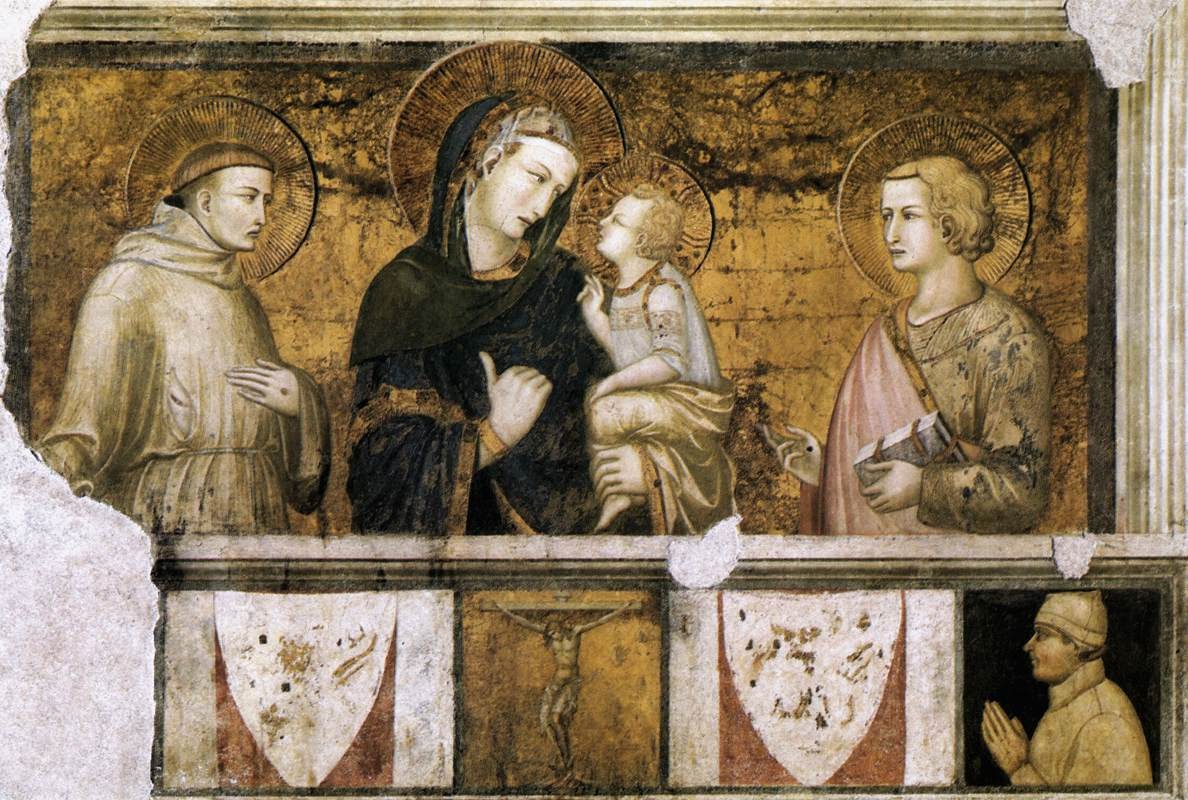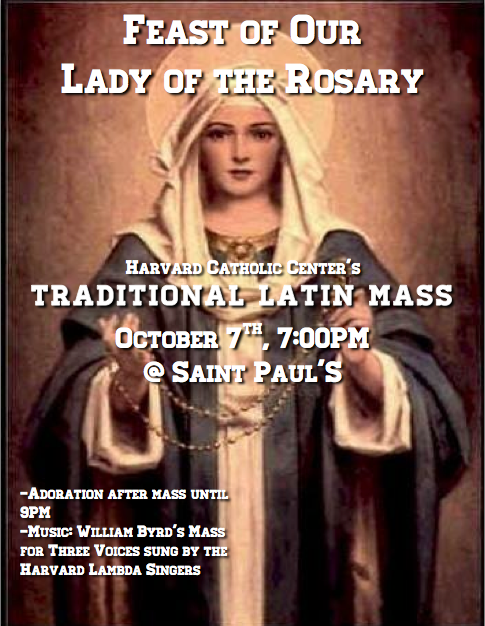When an American pilgrim visits the ancient cities of Italy today, he may easily fail to realize that his own country is older than the modern state of Italy by nearly a century. From the fall of the Roman Empire until the mid-19th century, the Italian peninsula was divided into many countries, of varying size and importance, and the Pope himself ruled a fairly large one, with Rome as its capital. This country, variously called the Papal State or States of the Church, was the last to be conquered, in 1870, by the north Italian kingdom of Savoy, the consummation of the movement known as the “Risorgimento.” Perhaps even less well known today are the fiercely anticlerical character of the Savoyard government, and the long state of cold war that existed between it and the Church after the fall of the Papal State. For nearly 60 years, in fact, neither would officially recognize the other, and for much of that period, Catholics were forbidden under pain of excommunication from participating in the public life of Italy.
This unhappy situation was ended by the Lateran Pacts of 1929, whereby the Church formally recognized the Kingdom of Italy, which in turn recognized the sovereignty of the Pope over a tiny fraction of his former domains, the modern State of Vatican City. It was not however Pius XI, the Pope then reigning, who gave to modern Italy Saints Francis of Assisi and Catherine of Siena as her Patron Saints, but rather his successor, Pius XII; this year has already marked the 75th anniversary of the Pope’s decree to that effect, issued less than 3 months before the war that came after the War to End All Wars. Prescient perhaps of the new catastrophe awaiting the peoples of Europe, including the Italians, Pope Pius writes of his choices:
Francis, poor and humble, truly the image of Jesus Christ, gave unlimited examples of the life of the Gospel to the very turbulent men of his age, and by establishing his three orders, opened to them a swift way towards the correction of morals both private and public, and to the true sense of the Catholic faith. In the same way did the most vigorous and devout virgin Catherine effectively work to encourage and establish harmony between the cities and towns of her land … (Licet commissa nobis, June 18, 1939.)
Via the blog
Cantuale Antonianum, I discovered this video of Pope Pius’ visit to the church of Santa Maria sopra Minerva, where the body of St Catherine rests under the high altar, shortly after the proclamation of the new Patron Saints. It is very much in the style of its times, and sadly rather blurry, but documents a truly moving display of popular devotion. In the second half, we hear the music of the Capella Sistina, directed by Lorenzo Perosi, (again, very much in the style of its times), followed by the voice of the Pope himself, as he calls Saint Catherine “Mother of her people, Angel of Peace,” and prays that she and Francis will protect Italy and lead her to God.
I have long thought that the choice of Francis and Catherine as joint Patrons of Italy was a particularly inspired one on the part of Pius XII, not only for their individual importance as Saints, but also as representatives of two religious orders whose impact on the fortunes of nearly every Italian city can hardly be overstated. A great part of the history of the Renaissance in particular is the history of the Franciscans and Dominicans, and of their patrons and parishioners, commissioning art works for their innumerable churches. Today, the Renaissance is too frequently spoken of as it were solely a Florentine affair, and the vital role of the Franciscans within it too easily forgotten. Much of the inspiration for the art of that period comes from St Francis and his love of creation, not for its own sake, but inasmuch as he saw every part of it as an expression of God’s love and mercy.
It was this that lead Franciscans scientists and others associated with the Order, (Robert Grosseteste and Roger Bacon are the most famous examples), to investigate how light, the beginning of creation, enables us to see and know the rest of it; and this in turn lead to the rediscovery of perspective in painting. Likewise, St Francis’ love for and interest in the created order also inspired the search for a more realistic depiction of it, leading Italian painting away from the hieratic styles of the low Middle Ages. It is not a coincidence that so much of the great Italian art of the 14th and 15th centuries is found in churches built by Franciscans, from the Basilica of St Francis in Assisi to the Sistine Chapel in Rome. Nor is it mere chance that one of the greatest Italian painters of all time, Fra Angelico, was a Dominican friar.
Of the innumerable images of St Francis in the basilica in Assisi, surely one of the most beautiful is the so-called Sunset Madonna, by Pietro Lorenzetti. This is a fresco on a west-facing wall in the left transept of the lower church; it is called “the Sunset Madonna” because there is a window directly opposite it, through which the rays of the setting sun illuminate it for about an hour at the end of each day. The fresco was painted around 1320 above an altar (now removed) dedicated to St John the Evangelist, who is seen on the right side. One of the donors is depicted beneath him, in prayer before a Crucifix, and his wife was probably in the part on the left side now missing; the donor may very well have been named John, which was also St Francis’ baptismal name.
![]()
The traditional story about the arrangement of the remaining figures is that the Christ Child is asking his Mother, “Which of My Saints loves Me the most?”, to which the Madonna answers by pointing at St Francis, as if to say “He does.”





.jpeg)













































